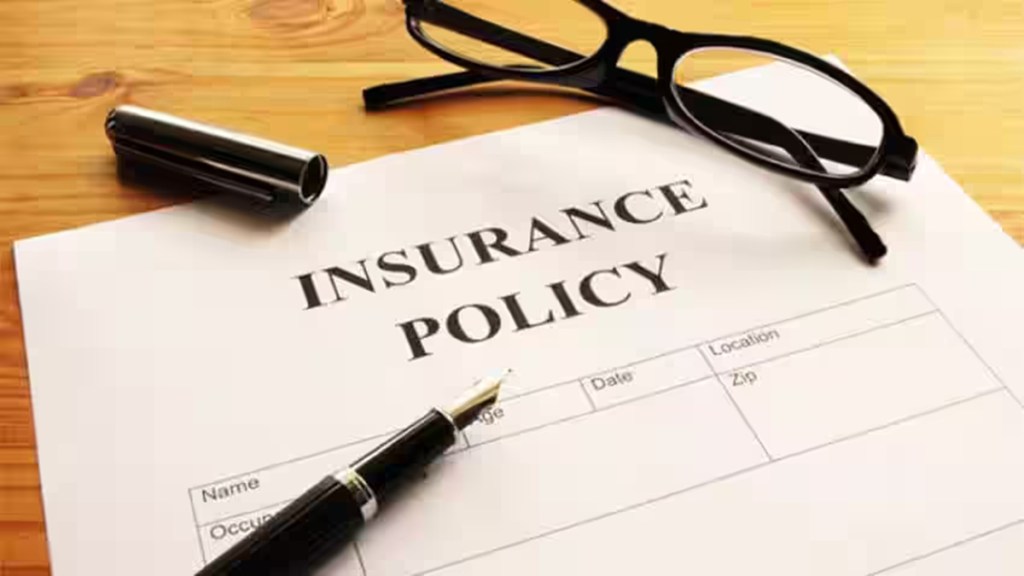Insurance Policy Limit Lookup, whether for auto, home, business, or health, understanding policy limits is crucial. A policy limit represents the maximum amount an insurer will pay for a covered loss. Knowing how to look up insurance policy limits can help you make informed decisions, protect your assets, and avoid unpleasant surprises after an accident or claim.
This comprehensive guide explains what insurance policy limits are, how to look them up, why they matter, and how to ensure you’re properly protected.
What is an Insurance Policy Limit Lookup?
An Insurance Policy Limit Lookup is the cap on what your insurance company will pay for a particular type of claim. Once that limit is reached, you’re responsible for any additional costs out of pocket.
For example, if you have auto liability coverage of $100,000 per person and $300,000 per accident, your insurer will pay up to $100,000 for injuries to one person and $300,000 total for all injuries in a single accident. Anything beyond that amount becomes your financial responsibility.
Policy limits exist for nearly every type of insurance:
Auto insurance: Bodily injury and property damage liability limits.
Homeowners insurance: Dwelling, personal property, and personal liability limits.
Health insurance: Coverage caps or maximum out-of-pocket limits.
Business insurance: General liability or professional errors & omissions limits.
Umbrella insurance: Additional coverage that extends your underlying policy limits.
Why Knowing Your Policy Limits Matters
Many people only discover their coverage limits after filing a claim—when it’s too late to adjust them. Understanding your limits ahead of time provides several key benefits:
Prevents underinsurance: You’ll know if your limits are high enough to cover potential losses.
Helps you negotiate settlements: When you’re the injured party, knowing the other driver’s limits can help you decide whether to settle or pursue legal action.
Aids in financial planning: If you understand your exposure, you can plan for umbrella policies or additional coverage.
Ensures compliance: Certain states or industries require minimum liability limits by law.
How to Look Up Your Own Insurance Policy Limits
If you’re looking to find your own insurance policy limits, the process is straightforward. Here’s how to do it:
1. Check Your Policy Documents
Your insurance declarations page—often the first page of your policy—summarizes your coverages, premiums, and limits. Look for sections labeled “Coverage Limits,” “Liability Limits,” or “Policy Limits.”
For example:
Auto policy: “Bodily Injury – $100,000/$300,000”
Home policy: “Dwelling – $250,000 | Personal Property – $150,000 | Liability – $300,000”
2. Log in to Your Online Account
Most insurance companies now offer digital portals where you can download your policy documents, view limits, and make updates in real time.
3. Call Your Insurance Agent or Provider
If you can’t locate your paperwork or online account, call your insurance company’s customer service or your personal agent. They can confirm your limits verbally and send you a written copy.
4. Use a Mobile App
Many insurers provide mobile apps that display your policy details, including active coverages and limits, in just a few taps.
How to Look Up Someone Else’s Insurance Policy Limits
Sometimes, you may need to know another person’s insurance policy limits, such as after a car accident or property damage dispute. However, this information is typically private and protected under privacy laws, so access is limited.
Here are legitimate ways you can find out another person’s policy limits:
1. Ask Directly
The simplest way—though not always successful—is to request the information directly from the other party or their insurer. In minor accidents, some people voluntarily share their declarations page or a copy of their insurance card (though the card itself rarely lists the limit).
2. Send a Policy Limit Demand Letter
If you’re filing a claim or involved in an accident, your attorney can send a policy limit demand letter to the at-fault party’s insurance company. This letter formally requests disclosure of the policy limits. Many states require insurers to disclose limits upon such written requests, especially if litigation is possible.
3. File a Lawsuit
If the insurer refuses to disclose limits voluntarily, filing a lawsuit often compels disclosure during the discovery phase. Once a lawsuit is in progress, both parties must share relevant information, including insurance coverage details.
4. Subpoena Records
Your lawyer may issue a subpoena to obtain policy information from the insurer directly if necessary.
Can You Use Online Tools for Policy Limit Lookup?
While there’s no universal online database that lists personal insurance policy limits (due to privacy laws), some third-party services and state databases offer limited verification options:
State DMV databases: Some states allow you to verify whether a driver has active insurance but not their specific limits.
Accident report services: Police accident reports may sometimes list insurer names and policy numbers.
Insurance verification services (for businesses): You can verify business liability insurance coverage through certificates of insurance (COIs), often available from the business or their insurer.
Be cautious with any website claiming to provide detailed personal insurance limit lookups; legitimate limit details are never publicly available without authorization.
What to Do If You Discover Low Policy Limits
If you learn that your Insurance Policy Limit Lookup, or the at-fault party’s, has low coverage limits, you have a few options:
1. Purchase an Umbrella Policy
Umbrella insurance adds an extra layer of protection, usually in increments of $1 million, above your existing auto and home liability limits.
2. Increase Your Existing Limits
You can contact your insurer to raise your liability limits. For example, upgrading from $100,000/$300,000 to $250,000/$500,000 in auto coverage usually adds only a modest cost.
3. File a Lawsuit for Excess Damages
If you’re the injured party and your damages exceed the at-fault driver’s policy limit, you can sue them personally for the difference. Whether this is worthwhile depends on their assets and financial situation.
4. Negotiate or Mediate
Sometimes, insurers will agree to settle claims for the full policy limit to avoid litigation. Your attorney can guide you through this process.
Common Misconceptions About Policy Limits
“My insurance will cover everything.”
Not true. Once your policy limit is reached, you’re responsible for any additional costs.
“All states have the same minimum coverage.”
Minimum liability limits vary widely by state. For example, California’s minimum is $15,000 per person / $30,000 per accident, while Maine’s is $50,000 / $100,000.
“Umbrella insurance is only for the wealthy.”
Umbrella policies are surprisingly affordable and can be essential for anyone with assets or income to protect.
“I can look up anyone’s insurance details online.”
Privacy laws prohibit public access to detailed insurance coverage information.
Tips for Managing Your Insurance Policy Limits
Review your coverage annually. Major life changes—like buying a home, starting a business, or having children—can affect your needed coverage levels.
Understand your risk exposure. Evaluate potential liabilities (e.g., teenage drivers, rental properties, pets) when setting limits.
Compare quotes regularly. You can often raise your limits without dramatically increasing your premium.
Keep documentation handy. Store digital copies of your declarations pages for easy access during emergencies.
Final Thoughts
An insurance policy limit lookup isn’t just about numbers—it’s about understanding your protection. Knowing both your own and the other party’s coverage limits can determine how well you recover from an accident or claim.
Whether you’re a cautious driver, a homeowner, or a business owner, regularly reviewing your policy limits ensures that your insurance does what it’s meant to do: safeguard your financial well-being when life takes an unexpected turn.


